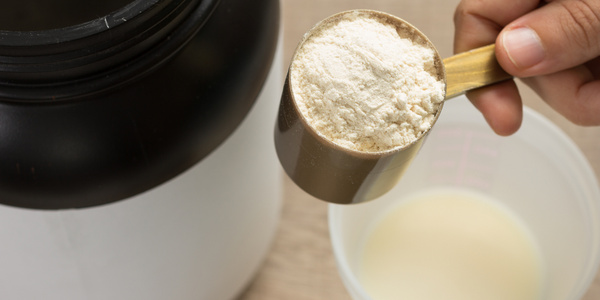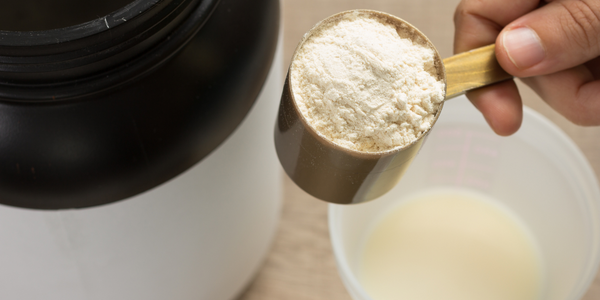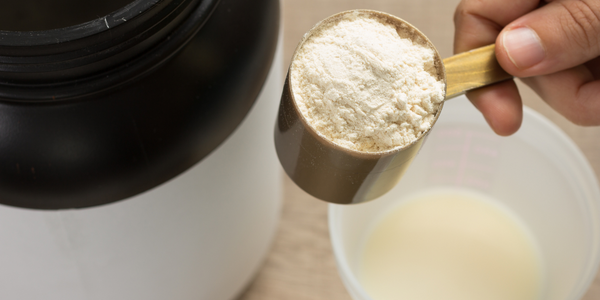Creatine and Creatinine: Understanding the Difference
Creatine and creatinine are two terms often confused due to their similar names, but they have distinct roles, origins, and clinical implications. Understanding the difference between creatine and creatinine is crucial, especially for athletes, fitness enthusiasts, and anyone concerned about kidney health.
In this blog, we’ll explore the origins, functions, and clinical significance of these two compounds.
Knowing the Two
Creatine
Creatine is a naturally occurring compound stored in your muscles. It’s synthesized in the liver, kidneys, and pancreas from three amino acids: arginine, glycine, and methionine. Approximately 95% of your body's creatine is stored in skeletal muscle, with the rest distributed throughout your body.[NIH]
Sources of Creatine: Creatine can be obtained from dietary sources like red meat and fish. Additionally, it is widely available as a dietary supplement, often used by athletes and bodybuilders to enhance physical performance.
Functions of Creatine:
-
Creatine plays a crucial role in energy production, particularly during high-intensity, short-duration activities such as weightlifting, sprinting, or other explosive movements.
-
It helps replenish adenosine triphosphate (ATP), the primary energy currency of cells, allowing muscles to perform at their best.
-
Many athletes and fitness enthusiasts use creatine supplements to enhance performance and support muscle growth.
Creatinine
Creatinine, on the other hand, is a waste product that results from the breakdown of creatine phosphate during energy metabolism. Once produced, creatinine is transported through the bloodstream to the kidneys, where it is filtered out and excreted in urine.NIH
Functions of Creatinine:
-
While creatinine itself does not have a functional role, it serves as an important marker of kidney health. Elevated creatinine levels in the blood can indicate impaired kidney function.
-
Doctors often measure serum creatinine levels to assess how well the kidneys are filtering waste from the blood.
Normal Creatinine Levels:
-
For men: 0.7 to 1.3 mg/dL
-
For women: 0.6 to 1.1 mg/dL
-
For children: 0.2 to 1.0 mg/dL
Key Differences Between Creatine and Creatinine
|
Aspect |
Creatine |
Creatinine |
|
Nature |
An energy-storing compound |
A waste product from creatine breakdown |
|
Function |
Supports ATP production and energy supply |
Indicates kidney function |
|
Location |
Stored in muscles |
Found in blood and urine |
|
Supplementation |
Available as a dietary supplement |
Not used as a supplement |
Creatine Supplementation and its Impact on Creatinine Levels
A common concern among creatine users is whether supplementation affects creatinine levels. While creatine supplementation may cause a slight increase in blood creatinine levels, this rise is harmless and does not indicate kidney damage in healthy individuals. It simply reflects the body’s natural metabolic process, where creatine is converted to creatinine.
That said, individuals with kidney conditions should consult a healthcare provider before starting creatine. Monitoring kidney function regularly can ensure that supplementation does not pose any risks.
Creatinine levels are an essential measure of kidney health:
-
Elevated creatinine levels may indicate kidney problems, dehydration, or underlying conditions like diabetes or hypertension.
-
Lower creatinine levels might result from reduced muscle mass or severe nutritional deficiencies.
Staying informed about these factors can help ensure safe and effective use of creatine while safeguarding kidney health.
Understanding the difference between creatine and creatinine can help you make informed decisions about your health and fitness. Creatine is a powerhouse for energy production and athletic performance, while creatinine serves as an essential marker for kidney health. If you are considering creatine supplementation, ensure you’re hydrated and maintain a balanced diet. For individuals with kidney concerns, regular medical checkups are vital to monitor creatinine levels and overall kidney function.
By recognizing their unique roles, you can harness the benefits of creatine and stay vigilant about your health through monitoring creatinine levels.



























 DOWNLOAD NOW
DOWNLOAD NOW
